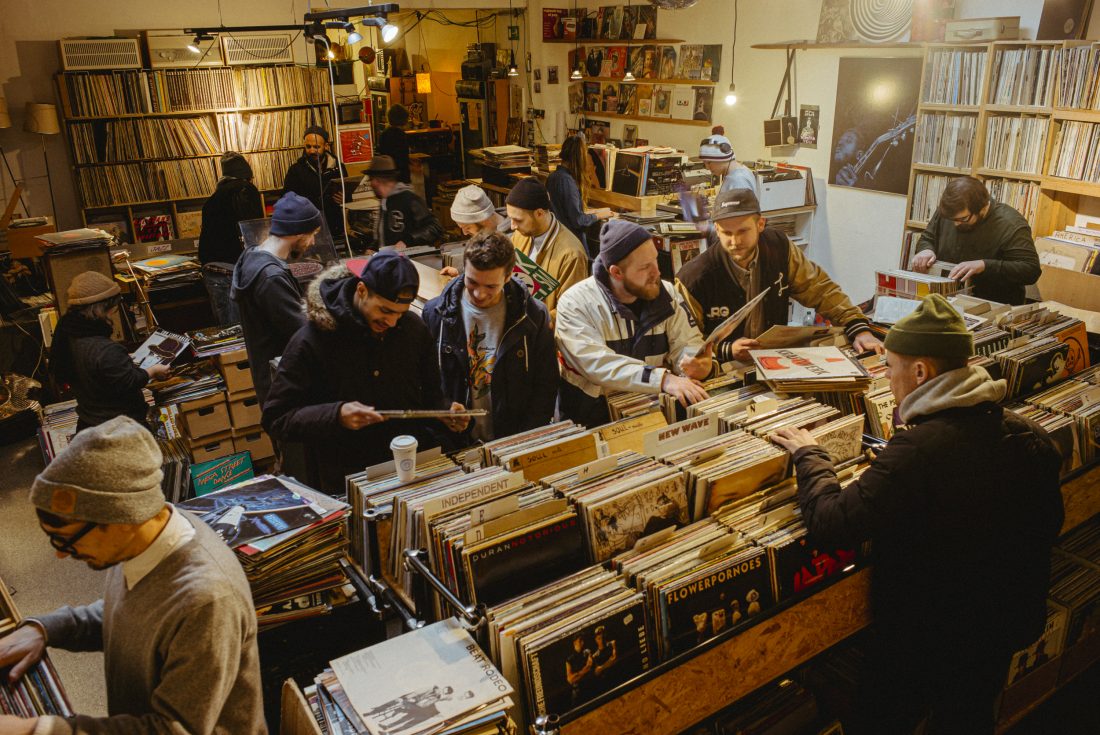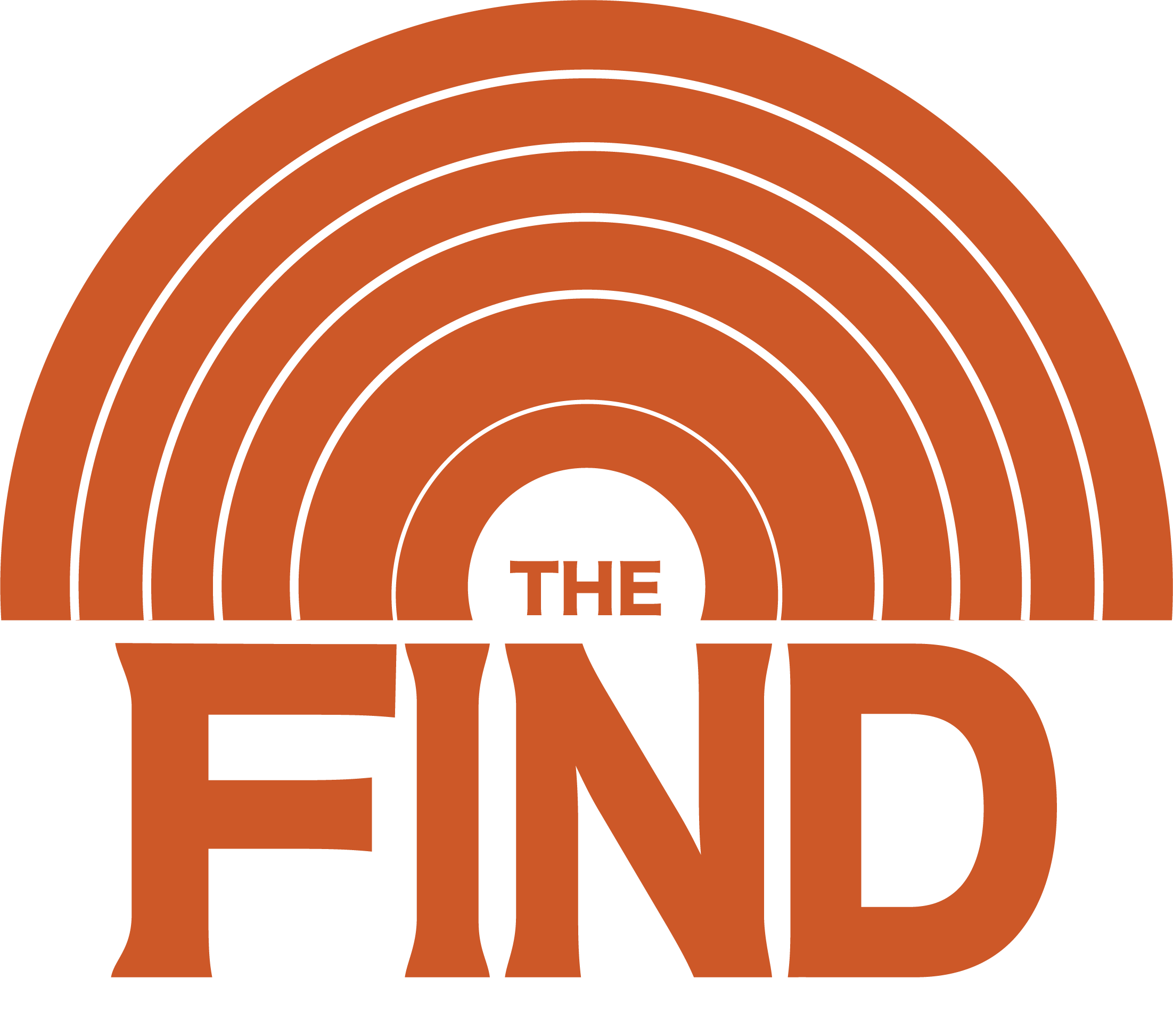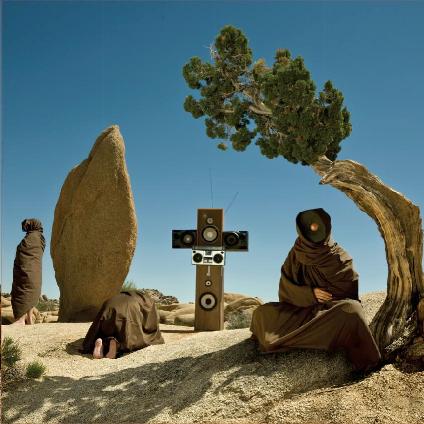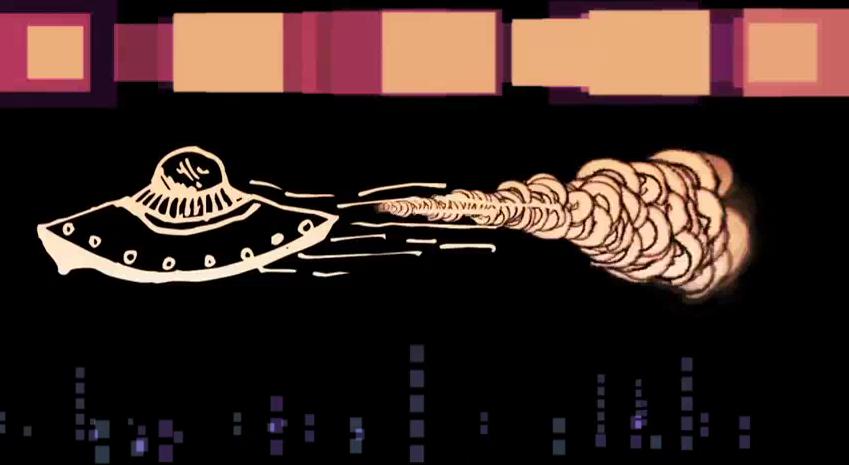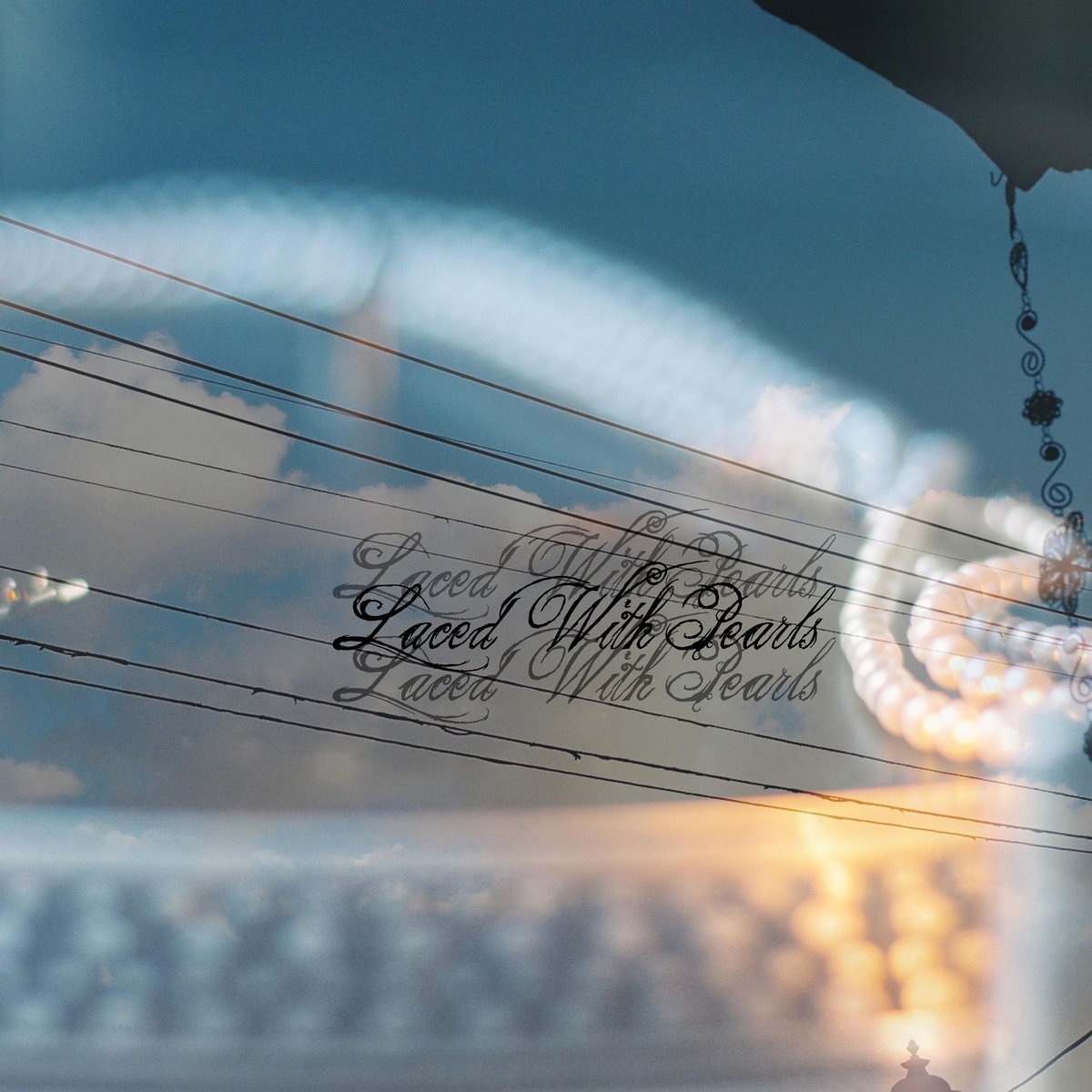10+ Years of Beatmaking, Captured by Robert Winter (Interview)
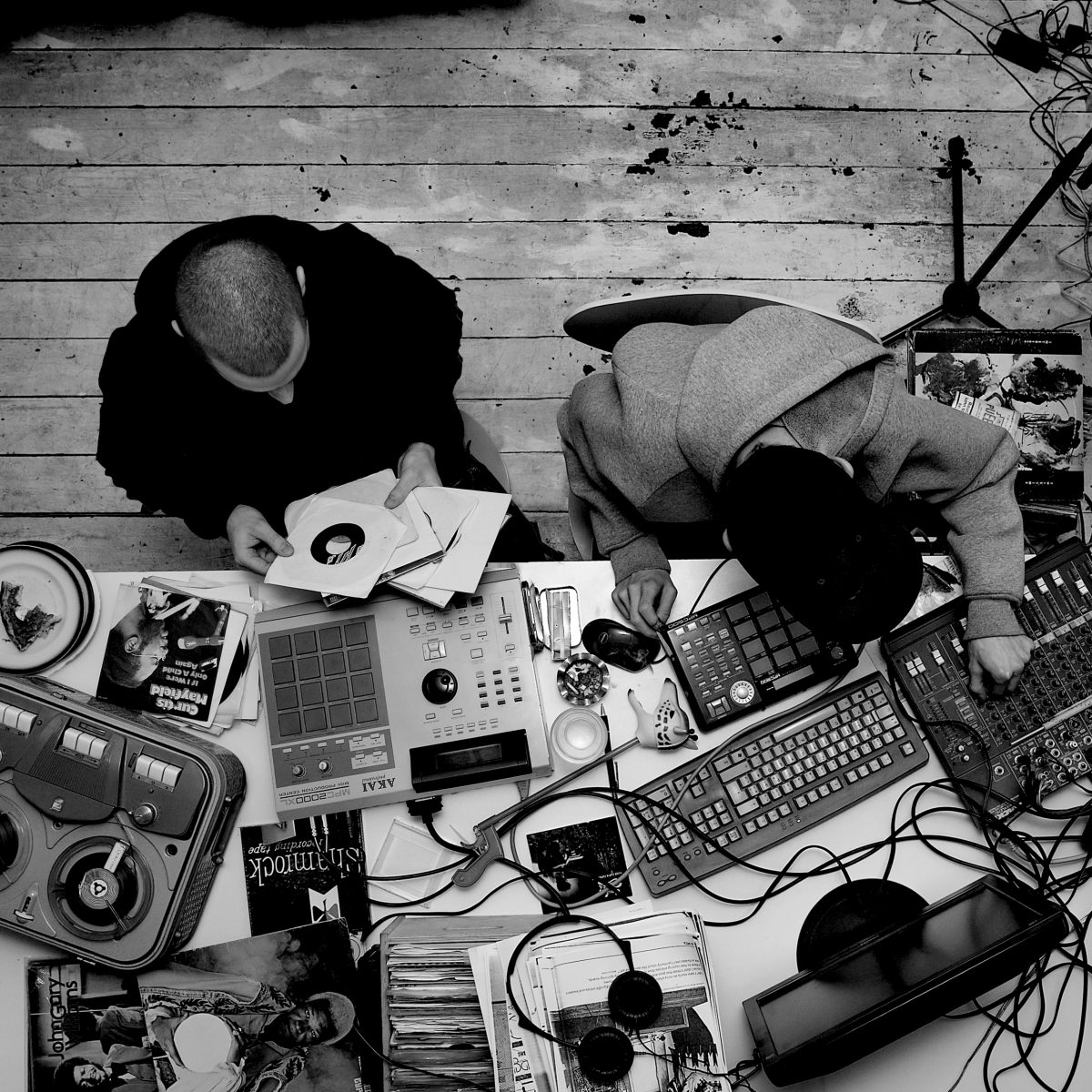
“A photo book about making beats.” That’s how photographer Robert Winter humbly describes (Prod. by), his upcoming—and first—book publication which appeared on Kickstarter out of nowhere. But his modesty aside, it’s more than yet another photo book. It captures the rise of (mainly German) beatmakers since 2008, and in a way reflects the global beatmaking movement as we know it today.
With record covers for the likes of Suff Daddy, FloFilz, Twit One & Hulk Hodn, private snapshots, never-before-seen photos, Robert Winter lends his lense for his perspective on this thing we all love: beatmaking.
In which way do beats play a role in your photography? If you look at your covers for Melting Pot Music’s Hi-Hat Club series, for example. Or do you focus on the person behind them; the beatmaker?
The beats are everything! I never do anything without hearing the music first. Then: if I see something, I see something. Music first, then the visual idea comes next. Also partly based on the beatmaker I’m working with. We always create something together.
That sounds quite spontaneous. Is your way of working always unplanned, or do you sometimes also “stage” a certain setting? Dexter’s The Jazz Files or Twit One & Hulk Hodn’s Testiculo Y Uno cover both look like specific setups.
For that Twit One & Hulk Hodn cover [cover photo – Ed.]: Twit drew the idea. He wanted a top shot with all the production gear and all that. He had a loft bed so he wanted to get a photo taken from there. So we figured out how we could do it. And for Dexter’s cover: he’s this digging guy and Olski [founder of Melting Pot Music] moved his flat back then, so he had thousands of records laying and standing somewhere. So we had an empty room, a lot of record covers, and Dexter to dig through them. That’s the only “creation” I do. But I’d never do a collage setting of some sort to get a perfect picture. It either is the shot or it’s not the shot.
Wait, maybe the cover I’m working on right now is a bit of an exception. I’m doing the cover for the new Suff Daddy album, Pompette. We’re modding his old Super Nintendo into a synthesizer. “Let’s f*ck up his Super Nintendo and put an instrument into it.” Why not? It was cool, but it looked boring as a photo. So we asked street art duo The Low Bros to combine photography with 3D design. I really like to work with different people together to come up with something new.
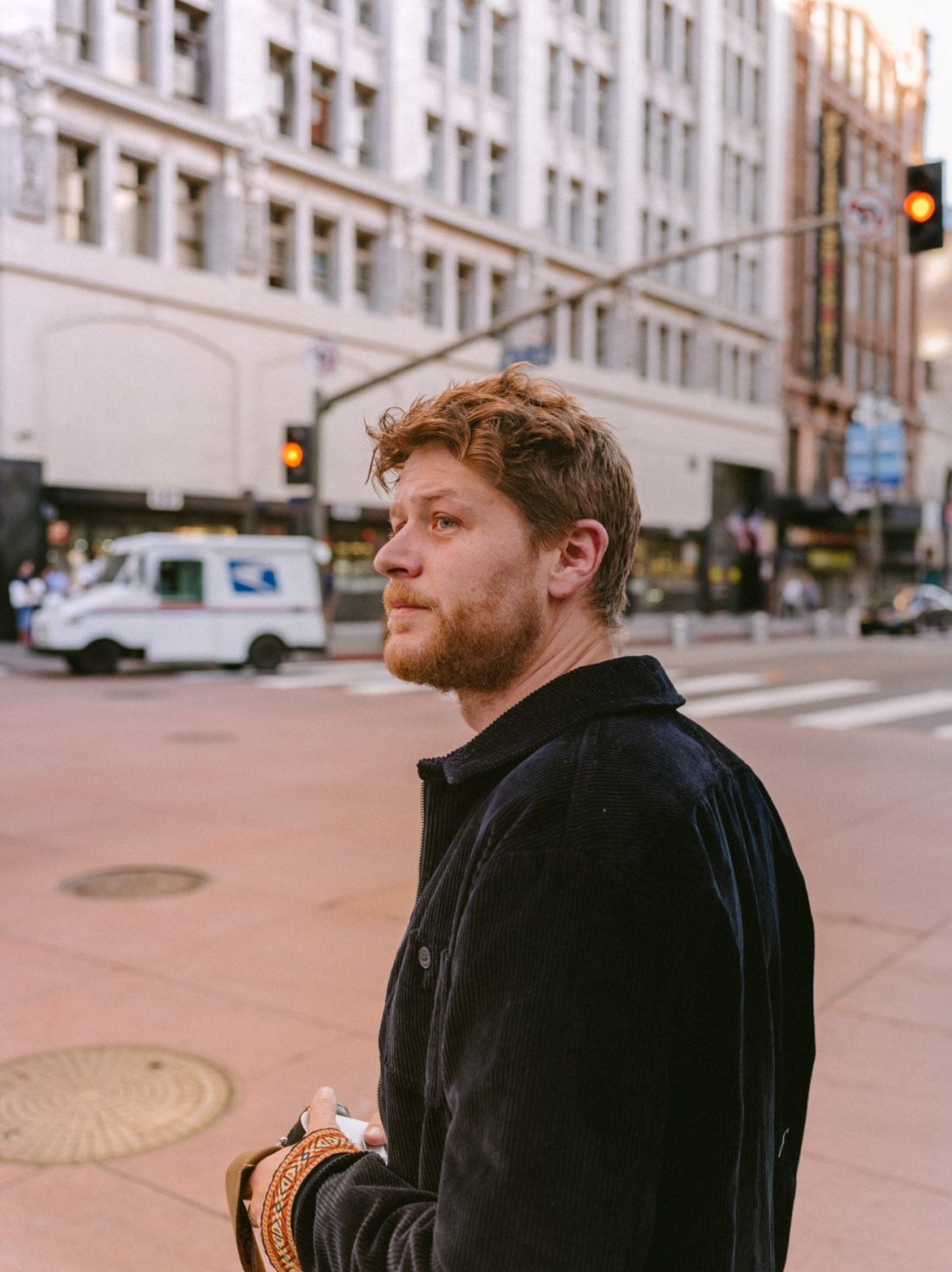
“I like to bring people together. It’s more like a socializing job rather than a photographing job. I’m just there, entering a good time with a camera in my hand.”
Was there also ‘a bigger picture’ you wanted to capture in the last 10-ish years when it comes to the German beatmaking scene? Or is that not something you were consciously working on?
That’s more related to connecting people who didn’t know each other yet. The Betty Ford Boys, for example. Suff Daddy, Dexter & Brenk Sinatra. They got to know each other in person through me. I’ve done a lot of interviews for my upcoming book, so it’s funny to hear what they were thinking back then. Suff said he was like, “I was so pissed, how can these guys sound so good! And why does Robert now go to this guy and that guy!” So to me, it was about bringing people together to see what happened next.
Did these things just happen organically, or do you like to bring people together?
I like to bring people together. What I can do as a photographer, is something millions of others can do. Let’s be real: my work is not that special. It’s not like crazy technical photography which makes people wonder how in the world I shot something. I’m just there, entering a good time with a camera in my hand. The only thing I do is creating a good vibe. It’s more like a socializing job rather than a photographing job. But at the same time, it’s combining that with a documentary and creative element: if I feel like your music sounds like a mountain, I’ll take you to a mountain. And then something will happen with you, me, and that mountain.
Is that a creative process for you, or are you also looking for stories? Kind of like a journalistic approach to photography?
Good question… [Sits back to think] I don’t know… I always go for the vibe and aesthetics. But in the end, there’s always a story, yeah. A good story for a bar. For each cover artwork, there’s at least one good story to tell friends in a bar.
Can you share one?
F*CK! You got me there. [Laughs] Let’s see… A good one is about Chop Shop, Hi-Hat Club Vol. 4 by Brenk Sinatra and Fid Mella. Brenk lives in Kaisermühlen in Vienna. It’s like a “dirty workers’ area,” so to speak. Abandoned houses and all that. So his parents from Yugoslavia could rent an apartment in a flat there. That’s the setting to visualize for this anecdote.
Brenk is like 1.90 meters tall, back-then a big guy. So the first day, we met up at his place for a few beers and schnapps to say hello. Then we go for a walk, as I always want to go for a walk to get to know someone’s environment. There’s one big road and we take a right turn. There were abandoned houses with collapsed floors, rough walls, cracked mailboxes, darkness… It was super rough.
The second day, we started shooting. I connected his rough surroundings to the roughness of their beats and chops, so I came up with the idea to get a fish and to chop it up. Mella bought three different fishes, we started cutting and chopping it up. I made it in all black-and-white and done: a super rough cover. Fitting with the rough setting we were in. I thought…
So one f*cking year later, I go there again for the cover of Brenk’s new album with Miles Bonny. So guess what happens: Brenk shows me the LEFT turn from the same big road—and it was paradise over there! There was a river, houseboats… The most beautiful scene in the world! So the cover idea for Chop Shop ended up being super rough because Brenk showed me only that shit place! And he didn’t bother to tell me that the other side of the road was like a beautiful painting! [Laughs] Just imagine how different the Chop Shop cover would’ve been if we took a left turn instead of only a right turn…
The mood of Brenk, the winter season, me not knowing everything… We created something that weekend. That’s the case for all the covers I do: together we create something in that place, at that time. That’s what I love to do.
So what’s it like to now make a book, which is quite the opposite of that? It’s not spontaneous, not “in the moment”…
The good thing is, I already have the photos for it! [Laughs] I mainly want to make the book for myself. I either smoke too much or I’m getting older, but there’s so much stuff I forget. Even if I want to tell my ‘bar stories’, I can’t because I can not always show my photos. There’s not even one collection with all the photos and memories. I want to combine all of this.
“There’s no rapper needed anymore. Beatmaking professionalized. I want to explain and show what that means. Also to those who don’t ‘get’ it.”
Come on, it must be more than just a personal diary, right? It covers an entire generation of beatmaking!
True. It’s also kind of like my a tribute to all of those guys. I mean, they’ve changed the face of beatmaking in Europe—and mostly Germany and Austria. They come all the way from bedrooms with an old MPC and a computer with shitty speakers, to now paying the rent with what they do. Stepping on stage, in the literal and figurative sense.
There’s no rapper needed anymore. Beatmaking professionalized. I want to explain and show what that means. Also to those who don’t “get” it. Such as my mother, who is still asking me when I go back to work and stop with doing my hobby. I guess this comes back to the journalist question you asked before: it is a big retrospective story I want to share.
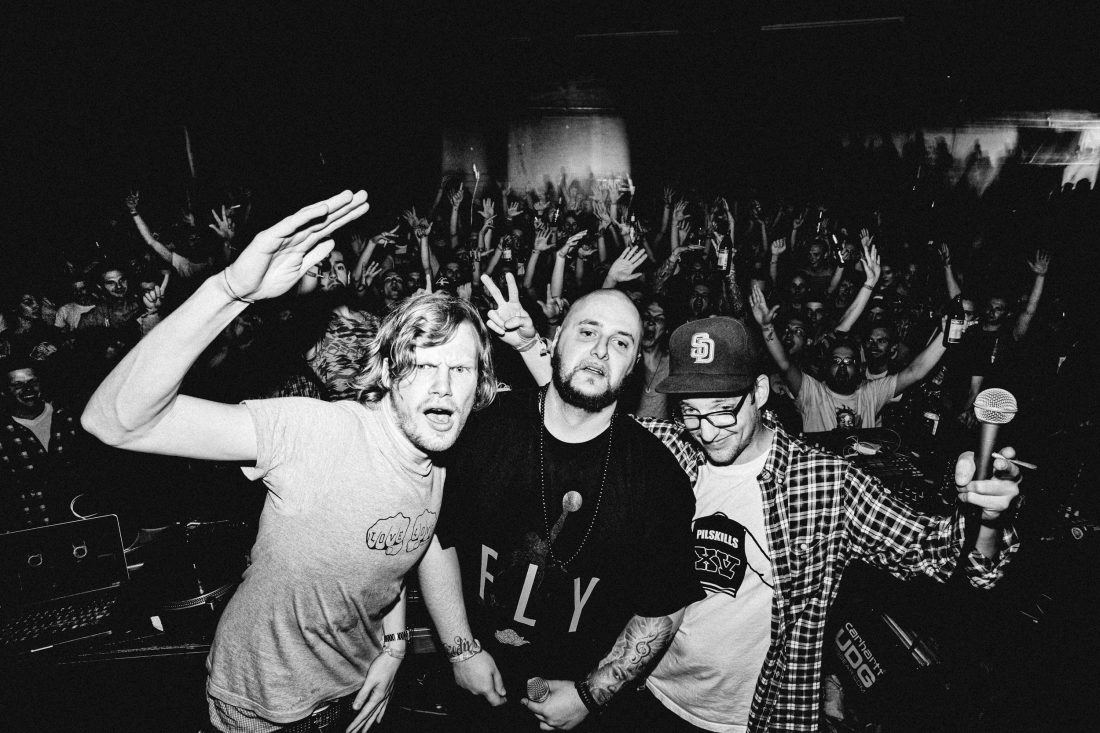
To take things back a bit: I think your style is quite distinctive—take the three latest covers for FloFilz and, again, the Hi-Hat Club series. Which photographers did you look up to when you were young, who now reflect in your own photography?
The biggest impact on my work is Martha Cooper. When I saw Wild Style, I immediately fell in love. I must’ve been around thirteen years old or so. Another photographer is George Dubose. He actually also lived in Cologne for a while. But eventually, he lived in New York, also documenting the early hip-hop scene. Even back then it had an influence on me because I was doing graffiti. Sketching and all that. So I was always this ‘visual guy.’
So you got into hip-hop at an early age?
Yeah, also through my brother who is three years older. And did you know Wild Style was partly funded by German government television? The ZDF. So that’s why the movie was even shown in an afternoon program of a conservative German tv-channel, which was mind-blowing! It was like a whole new world opening up to me. It was so diverse: today we dance, yesterday we’ve painted, tomorrow we’re gonna make music… That’s why the hip-hop scene appealed to me so much. So that’s what I did. I tried to draw letters and my brother showed me how to form them into a graffiti-style. Then we tried making music, finding rhymes… That was a lot of fun as a kid.
“We were in our early 20s, looking like little kids, all acting hard and cool. I tried to make the contrast super high, and add more darkness to the photos [of our rap crew]. That’s kinda how I found what later would become my style for Hi-Hat Club.”
When did photography come into play?
If I tell it now, it sounds like a romantic fairytale… When I was about twenty years old, I found a camera in a bar where a friend was a barkeeper. Someone forgot it. It was a very old camera: a digital one you had to flick, you know [makes the sound of an old-school camera] It took ages… So yeah, I told my friend that if someone came back for it, he could have it back. So I waited for two weeks. But this guy never came back. So my first idea was to take photos and combine them with my graffiti. Because I like to sketch and to make outlines, but I hated to do the fills. Back then, that was my issue. So my lazy idea: I take photos from structures, leaves, stuff like that, and draw outlines over them.
That sounds pretty creative to me…
Yeah, but at that time I also had a rap crew. So we realized we needed some photos for our covers and hip-hop jam flyers. So I did it. We were in our early 20s, looking like little kids, all acting hard and cool. And then I got a cracked version of Photoshop, so I tried to make the contrast super high, and add more darkness and all of that. I never learned photography, I couldn’t do it, I had cheap equipment… So that’s kinda how I found what later would become my Hi-Hat Club style with the hard contrast and everything in black and white. It’s a little bit too much of everything, from my perspective now. It’s too hard, too bright, too black.
So you never studied photography?
Nope, never. But in Germany, we have this hip-hop magazine called Juice Magazine, and Katja Kuhl was THE photographer for it. I was really impressed by her work. And with Myspace back then, it was the first time it was possible to write people—like, the real people! That was crazy. So I reached out to her to do some assistant jobs for her. All I wanted to join her to learn. I mean, I had no f*cking idea about how the industry worked. I was like “Okay, guy one here, guy two there, and bam. Shot. Done.” I had no clue about photography. That’s by the way still how I work, though: I naively dive into new things. To just do it and then find out what happens.
Such as starting a Kickstarter for a book.
[Laughs] Exactly. It was like, “if people like it, then we do it. If not, then we won’t do it.”
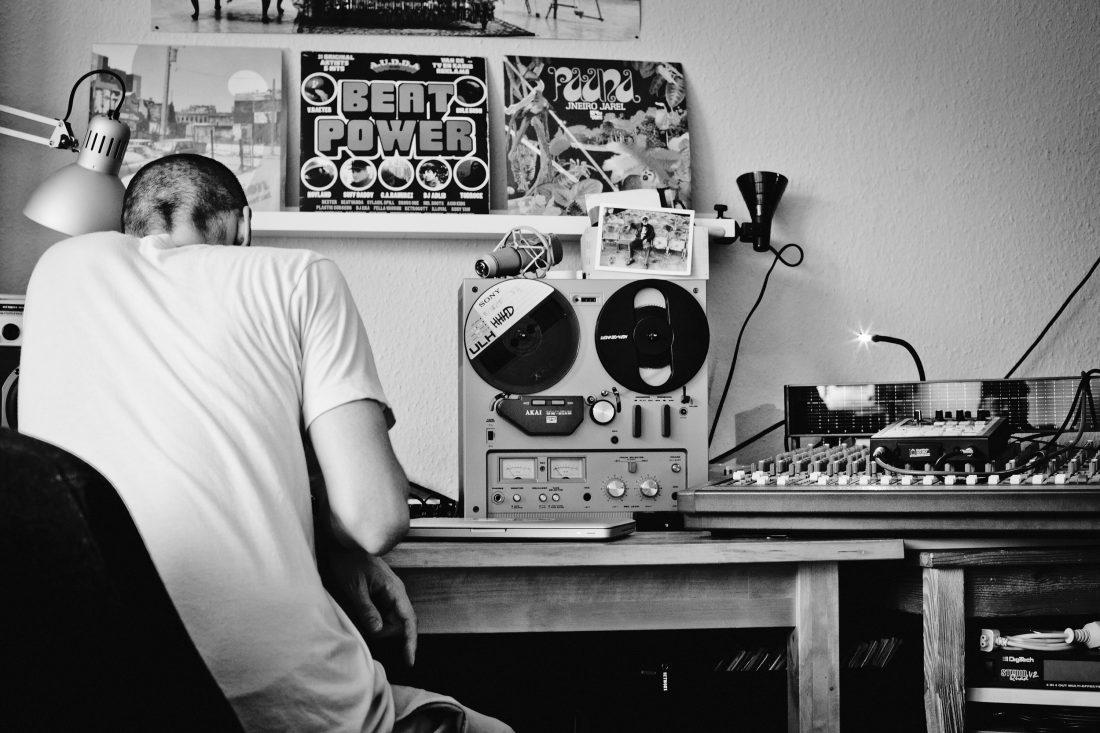
Back to Katja Kuhl: what’s the most valuable thing you’ve learned from her?
The magic of editing. I mean, I was young, male, I liked the hard contrast and the hard colors… But every time I shot a photo I was like, “wait, this isn’t as cool as Katja’s pictures. Where’s the difference?” She taught me that it’s not about the budget or the equipment. It’s always about your imagination, what you can do, and how you work them. That, later on, with editing, you can add more light or have less of it. Or any other stuff. That made me more calm and self-confident as a photographer.
You mentioned you now think the Hi-Hat Club series is too high-contrast. How would you say your style has changed over the years? Or maybe even conceptually?
There was also a Juice photographer called Murat Aslan, who I got very close with. He taught me a lot about programs and software and such, and how to be more refined. Less ‘rough.’ That there was more to editing than only the contrast button. Also, the reason I did everything in Leica-style black-and-white for the Hi-Hat Club, is because I was afraid of colored photos. So many buttons and options to adjust the colors of everything in a photo! So I decided to just go for black-and-white. Compared to now, I developed a much more colorful look for myself. Which is also shown in my recent Passin’ Me By magazines.
And perhaps also even a new way of working?
The way I work has always been similar to ADHD; a hyperactive way of working. I never got tested or looked ADHD treatment for adults online so for all I know, I might have it as well. When I walk through a city I always pay attention to how things look. Then you don’t frame it as a photographer, but your eyes frame it. It all happens in a split-second. The sunlight, someone crossing the street, the right angle… So it’s a hyperactive way of looking at things. It turns my wife crazy when we walk down a street and I ask, “Did you see that?!”, and she’s like, “Wait.. what…? Nein!” I love music, but I’ve always been a very visual guy. I always lived through my eyes. That shaped my photography a lot.
